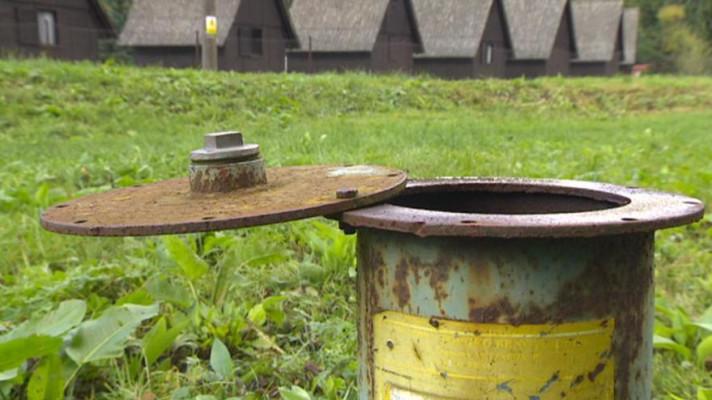The effects of antibiotic contamination may be mitigated by the common reed, new research shows.
Bioremediation of antibiotic pollution by a salt-marsh plant
The study found that the common reed (Phragmites australis), sourced from a temperate estuary with brackish water, had capacity for the bioremediation of the veterinary antibiotic enrofloxacin (ENR). The authors suggest that salt-marsh plants and their associated micro-organisms could be a valuable asset in the recovery of contaminated estuary environments.
Agricultural, urban and industrial waste threatens fragile estuarine ecosystems. The environmental effects of antibiotics and other pharmaceutical products are not fully known. Antibiotics are used in livestock farming, but approximately 75% of antibiotics given to livestock are excreted1 and can widely contaminate water systems. The authors of this study note that antibiotics can have a negative impact on estuarine microbial communities, which may affect the rest of the ecosystem.
Salt-marsh plants can remove antibiotic contaminants by direct uptake through their roots. The microbes found around the root system and within the surrounding sediment are also capable of degrading pollutants.
The aim of this study was to determine the extent to which the common reed and its associated root-sediment microbial community can absorb or degrade the antibiotic ENR. Laboratory simulations of the estuarine environment were prepared with four variations -- a control (containing just sediment and estuary water); with ENR; with ENR, nitrogen and phosphorous (nutrients); and with ENR, nutrients and glucose (an additional source of carbon). The initial sediment already contained nutrients (as it was natural sediment, collected from around plant roots in an estuary), but these were not quantified.
Each variation was run for seven days with and without the addition of the common reed, termed 'planted' and 'unplanted' respectively. To determine the effect of the plant in isolation from the sediment and associated micro-organisms, extra planted and unplanted variations were prepared using just estuary water and ENR. At the end of the seven days, the abundance and diversity of the bacterial community was measured, in addition to the remaining amount of ENR.
The plant's bioremediation capacity was particularly obvious when comparing variations without sediment. In the unplanted test without sediment, 95% of ENR remained, whereas in the planted test without sediment, only 5% of the antibiotic could be measured.
In variations with sediment, the overall bioremediation effect was stronger, but the effect of the plant was less marked. The bacteria in the sediment were able to degrade the antibiotic in planted and unplanted variations. The results of the planted tests with sediment but without nutrients were not significantly different from the unplanted variations. This is likely because the root systems of the plants began to decompose without additional nutrients, by the end of the seven days. However when nutrients were added, ENR removal was higher in the presence of plants.
Unfortunately, the researchers could not determine the concentrations of ENR that were in the organic tissues of the common reed, since no suitable method was available to them.
Unplanted systems had less microbial diversity under all ENR treatments compared to the control, but bacterial richness remained consistent with the control in planted variations. According to the authors, this indicates that the reed helped protect the microbial community from the negative effects of ENR released into the environment. The authors were unable to offer a precise explanation for why this may have occurred, but say plants can affect bacterial communities through several processes, including the release of organic compounds or liberation of oxygen by their roots.
Although unanswered questions remain from this study, the analysis suggests that salt-marsh plants and their associated micro-organisms have the potential to mitigate antibiotic contamination and its effects in estuarine areas. Further research should be carried out to fully establish their impact. Harnessing natural processes to deal with antibiotic pollution could be a cost-effective and less damaging alternative to other techniques, such as soil washing, incineration or landfill.
1. Pei, R., Cha, J., Carlson, K.H. & Pruden, A. (2007). Response of antibiotic resistance genes (ARG) to biological treatment in dairy lagoon water. Environmental Science & Technology 41, 5108-5113.
Source: Fernandes, J.P., Almeida, C.M., Basto., M.C. & Mucha, A.P. (2015). Response of a salt marsh microbial community to antibiotic contamination. Science of the Total Environment 532: 301-308. DOI: 10.1016/j.scitotenv.2015.06.029.
Contact: calmeida@ciimar.up.pt
